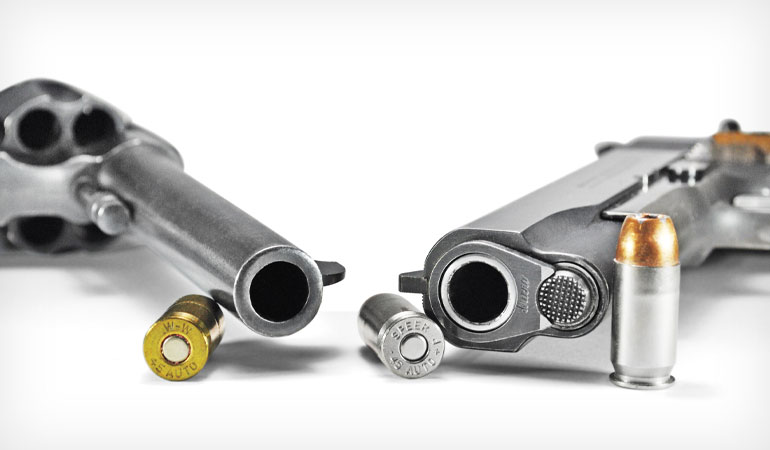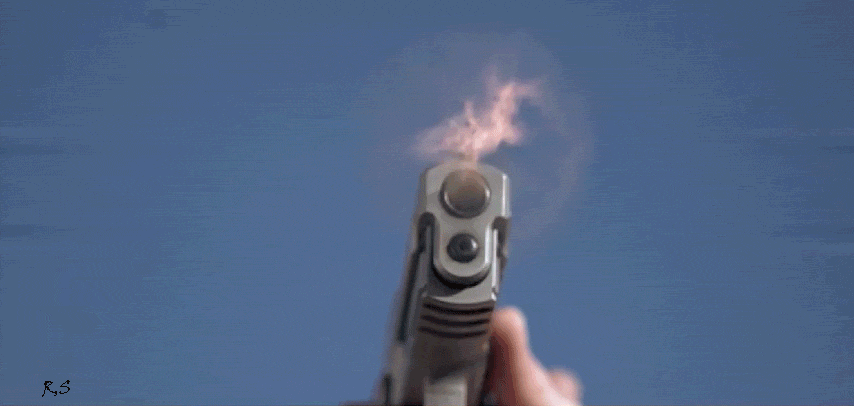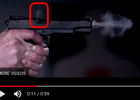aaaaa
Member
I have been wondering what type of gun would have the most velocity out the barrel if all else is equal. We can start with guns that are chambered for 9mm to make the cartridge equal, but the problem comes in that revolver barrel length does not include the chamber, but semi-auto and derringer barrel length does. How to equalize that?
Then we want to look at the types of semi-auto. I am not that knowledgeable but seems you have blow back and delayed blow back, which could produce variation in velocity for the same cartridge. Maybe there are other semi-auto configurations too.
My feeling is the semi-auto loses some velocity from the pressure kicking the slide back and the revolver loses some velocity from the cylinder gap, so it seems the derringer is going to have the most velocity of the three.
So maybe I solved the problem and there is no more to discuss, if so, short thread. Oh, but what about the difference between revolver and semi-auto, which has more velocity? I suspect we need to have a standard cylinder gap to consider else it could vary. And then each semi-auto had different spring tension, slide weight. Maybe this is impossible to narrow down.
Ok this had been bouncing around in my head for a while. Now I have spat it out. We'll see if any interesting discussion ensues.
Then we want to look at the types of semi-auto. I am not that knowledgeable but seems you have blow back and delayed blow back, which could produce variation in velocity for the same cartridge. Maybe there are other semi-auto configurations too.
My feeling is the semi-auto loses some velocity from the pressure kicking the slide back and the revolver loses some velocity from the cylinder gap, so it seems the derringer is going to have the most velocity of the three.
So maybe I solved the problem and there is no more to discuss, if so, short thread. Oh, but what about the difference between revolver and semi-auto, which has more velocity? I suspect we need to have a standard cylinder gap to consider else it could vary. And then each semi-auto had different spring tension, slide weight. Maybe this is impossible to narrow down.
Ok this had been bouncing around in my head for a while. Now I have spat it out. We'll see if any interesting discussion ensues.




